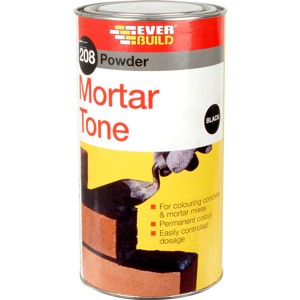Cement Dye COSHH Assessment Form

A three-page COSHH Assessment Form for Cement Dye.
Health risks: May cause eye and chest irritation.
Skin contact: No known effects.
Eye contact: There may be irritation and redness. The eyes may water.
Ingestion: There may be soreness and redness of the mouth and throat.
Inhalation: There may be irritation of the throat with a feeling of tightness in the chest.
Cement dye is a specialised colouring agent used to enhance the aesthetic and functional qualities of cement-based materials, such as concrete, mortar, and renders. Its applications span both decorative and practical purposes, enabling the creation of bespoke color palettes, matching of existing surfaces, or highlighting various zones within a construction project. Here’s a more detailed exploration.
Cement dye enables the production of vividly colored concrete floors, countertops, and other decorative elements, significantly enhancing a structure's visual attractiveness. This artistic flexibility allows architects and designers to incorporate striking colours and patterns that complement a building's overall design theme.
Beyond aesthetics, cement dye serves practical functions such as colouring mortar joints in brickwork, contributing to a more unified and polished appearance. It can also delineate different zones within a construction project, helping to organise spaces functionally and visually, such as identifying walkways or service areas.
One key advantage of cement dyes is their formulation, which is designed to blend seamlessly with cement mixtures. This ensures a consistent, uniform colour throughout the material, preventing streaks or patches that could detract from the finished surface’s appearance.
Cement dyes are typically engineered for longevity, possessing resistance to fading caused by UV exposure and environmental elements. This inherent durability ensures that the vibrant colour withstands the test of time, remaining attractive even amidst weather fluctuations and wear.
Cement dye demonstrates remarkable versatility. It is applicable in a myriad of settings, from residential patios and driveways to commercial flooring and intricate architectural features. This adaptability allows for innovative uses in various construction and renovation projects.
By adjusting the volume of dye added to the cement mixture, a broad spectrum of shades and tones can be achieved, providing limitless customisation options. This flexibility allows for creating unique colour combinations tailored to specific design needs or personal preferences.
Using cement dye is often more economical than incorporating colour into cement-based materials than traditional surface coatings or paints. The ease of integration into the mixing process can lead to significant savings in materials and labour, making it an attractive option for budget-conscious projects.
This document is:
- Recognised by local authorities
- Recognised by principal contractors
- Suitable for CDM sites
- Approved by H&S managers
If you want others to have confidence in your company, download and buy the proper documents today.
As with all our documents, our risk assessments are in Word™ format, available for instant download and use, and only need to be bought once.
Once you buy and download this document, it’s yours for life to use repeatedly.
Why not browse the HSEDocs catalogue of method statements, risk assessments, COSHH assessments, or industry-specific packages?
And for safety training relevant to your job, visit our online training courses.
GET THIS DOCUMENT
£8.99+VAT
- Available in Word™
- Fully customisable
- Add your Company Logo
- UK & EU Compliant

 CART
CART 